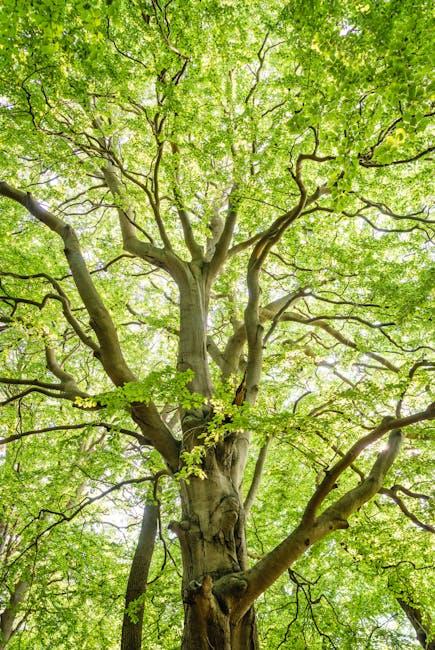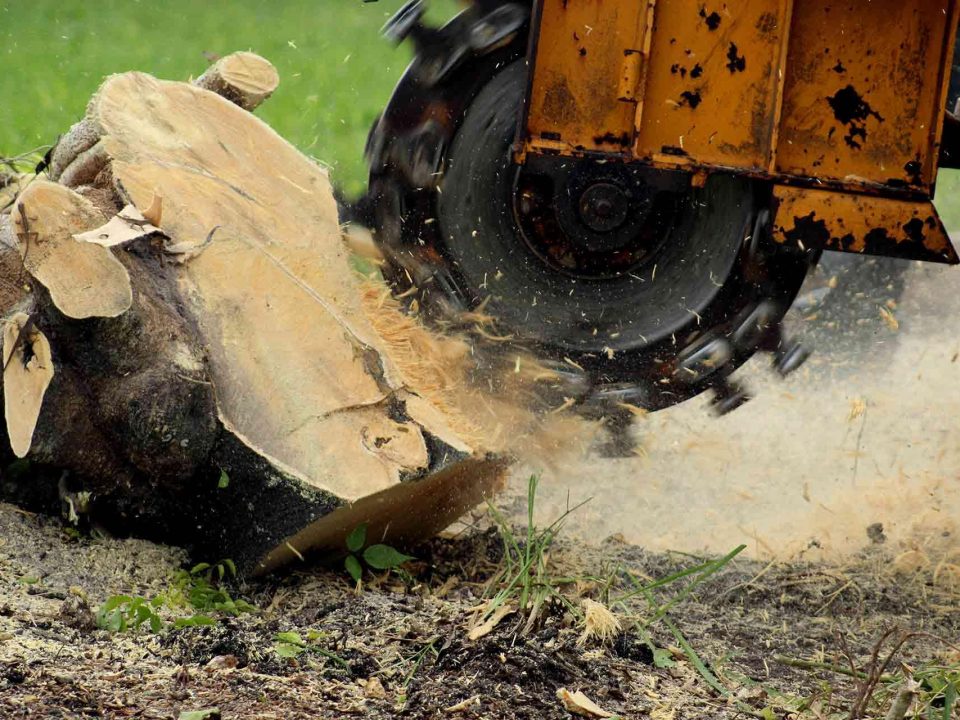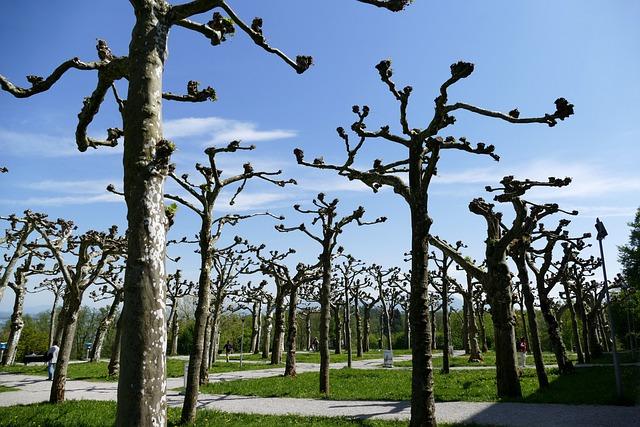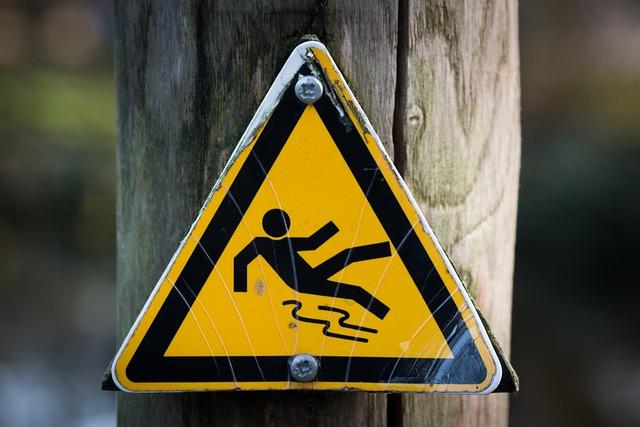Best Practices for Tree Pruning

Introduction:
Tree pruning is a fundamental aspect of arboriculture that involves the careful removal of specific branches to enhance the health, structure, and appearance of trees and shrubs. Implementing the best practices for tree pruning is crucial in promoting the overall well-being and longevity of these green giants. In this article, we will delve into the essential techniques and considerations for effective tree pruning to ensure optimal results for your landscape. Whether you are looking to shape, reduce, or maintain the health of your trees, understanding the proper methods of tree pruning is key. Let’s explore the principles and guidelines for successful tree pruning to help you achieve the best possible outcomes for your greenery.
References:
[1]: [1]
[2]: [2]
[3]: [3]
When it comes to tree pruning, selecting the right tools is crucial for achieving the best results. Proper pruning requires specialized equipment to ensure efficient and accurate cuts without causing unnecessary harm to the tree.
Understanding tree growth patterns is essential before embarking on any pruning project. By identifying the natural growth habits of the tree, you can tailor your pruning techniques to promote healthy growth and shape the tree according to its species-specific characteristics.
It’s vital to identify dead and diseased branches during the pruning process to prevent the spread of diseases and ensure the overall health of the tree. Removing these branches promptly can help improve the tree’s aesthetics and prevent potential hazards.
Distinction between maintenance pruning and structural pruning is crucial. While maintenance pruning focuses on routine care and upkeep, structural pruning involves shaping the tree’s framework and promoting proper growth patterns.
Timing and frequency play a significant role in effective pruning. By understanding the optimal seasons for different types of pruning, you can maximize the benefits and minimize the risks associated with pruning activities.
To prevent common pruning mistakes, such as over-pruning or improper cuts that can harm the tree, it’s essential to educate yourself on best practices and seek guidance from experts if needed.
Q&A
Q: What are the best practices for tree pruning?
A: When it comes to tree pruning, it is essential to follow certain best practices to ensure the health and longevity of your trees. Here are some commonly recommended practices:
Q: How can I ensure that my tree remains healthy after pruning?
A: To ensure the health of your tree after pruning, it is crucial to hire a professional arborist who follows best practices for pruning. Proper pruning techniques, such as removing dead, diseased, or broken branches, can help maintain the tree’s health and prevent hazards. For more information on this topic, you can visit the Clemson HGIC website[[[3]].
Q: Will my tree’s appearance be affected by pruning?
A: A properly pruned tree should maintain its natural form and character. It is important to employ techniques that enhance and encourage the natural shape of the tree while removing any unwanted growth. For more information on the philosophy of pruning trees, you can refer to the OSU Extension Service website[[[2]].
In conclusion, following the best practices for tree pruning can help maintain the health, appearance, and structural integrity of your trees. It is advisable to consult with professional arborists and reference reliable sources for guidance on effective pruning techniques.
Conclusion
In conclusion, mastering the art and science of pruning is essential for maintaining the health and longevity of trees. By following best practices for tree pruning, you can ensure that your trees are well-maintained and thriving for years to come. Remember, proper pruning techniques not only improve the aesthetics of your trees but also contribute to their overall well-being and safety. Say goodbye to bad pruning practices and embrace the principles that promote tree health and vitality. To learn more about effective tree pruning strategies, explore resources like the educational articles provided by Arbostar [1].
Simpsons Tree Services, Servicing Melbourne’s North Eastern Suburbs
Book a quote online at www.simpsonstrees.com.au



